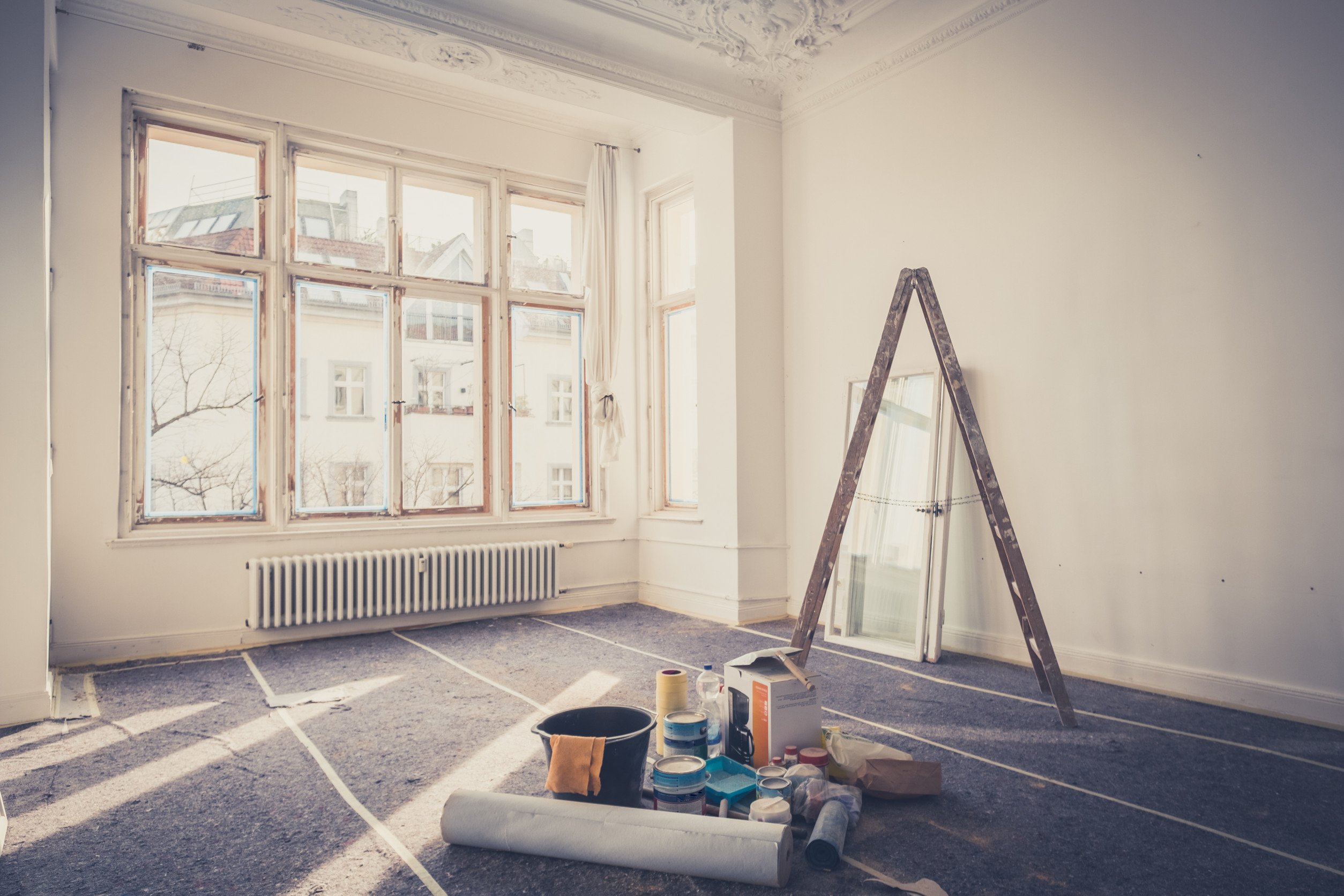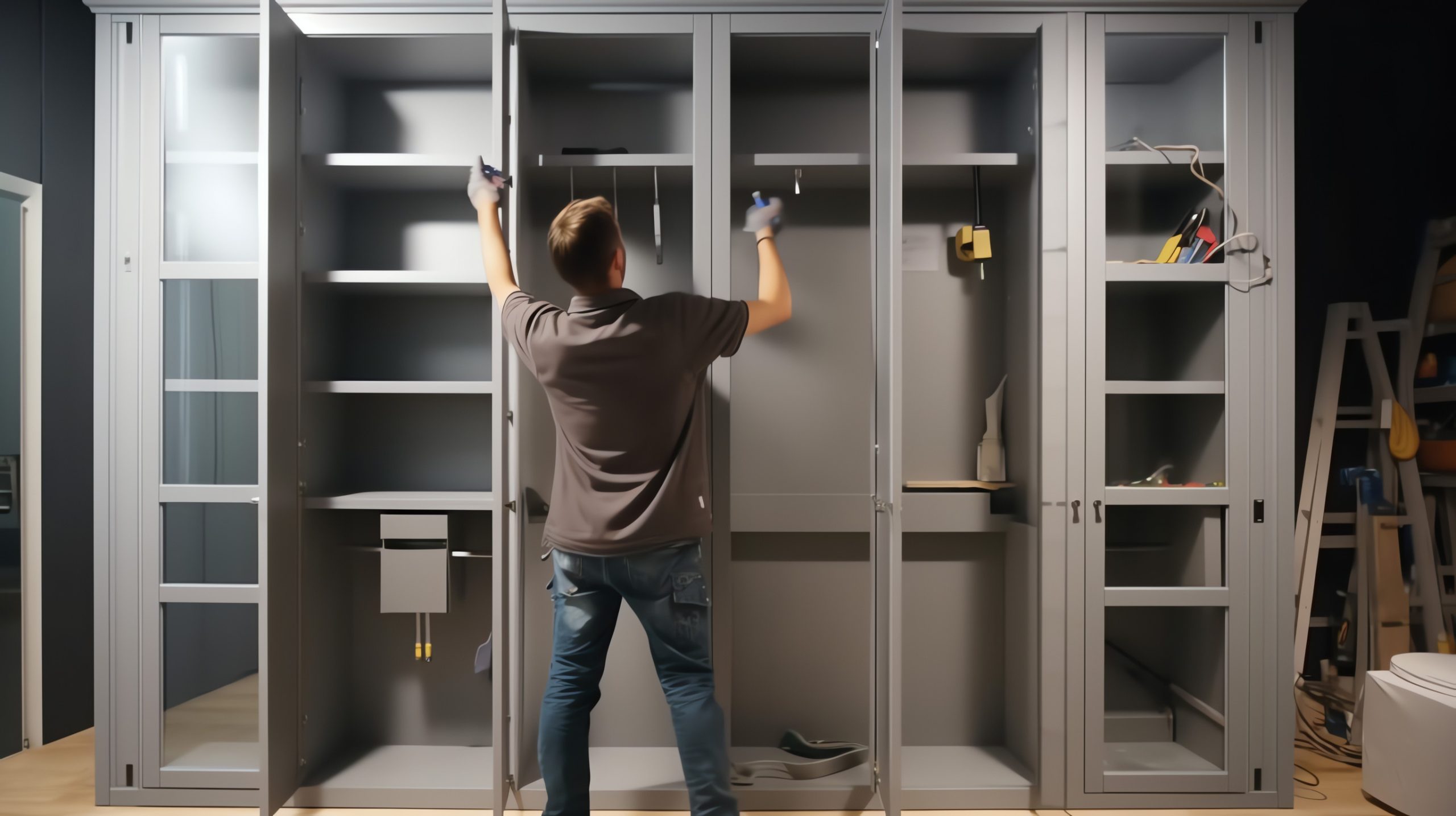
When it comes to real estate, design is more than just personal style—it’s financial leverage. A home’s aesthetic decisions can either boost its worth or quietly chip away at its value.
Appraisers look past the surface shine to see what helps or hurts long-term appeal, functionality, and resale potential. And in many cases, homeowners unknowingly make choices that do real damage. These ten common design missteps can drag down an appraisal in no time, even if the rest of the house is picture-perfect.
1. Overly Customized Built-Ins
Built-in shelving and cabinetry can seem like a smart upgrade, but going too custom is risky. Designs that reflect hyper-specific tastes—like a built-in aquarium or a bespoke bar—often alienate buyers and appraisers alike. What one homeowner sees as a unique feature, an appraiser may see as a removal cost. These elements lock a space into a function, limiting flexibility and perceived utility. When built-ins can’t be easily repurposed or removed, they start subtracting value instead of adding it.
2. Bold or Outdated Color Schemes
Walls painted in intense purples, neon greens, or matte blacks may express personality, but they rarely appeal to the masses. Appraisers consider how market-ready a home is, and extreme palettes often signal more work for potential buyers. Colors that were once trendy—like Tuscan reds or mustard yellows—also make a house feel stuck in time. These choices shrink buyer pools, lower curb appeal, and invite deductions during appraisal. Neutral tones don’t just sell better—they score higher, too.
3. Converted Garages Without Permits
Turning a garage into a gym, office, or bedroom might sound practical, but it can backfire during appraisal. If the conversion lacks proper permits or doesn’t meet code, it can’t be counted toward livable square footage. That means the appraiser may treat it as lost utility space rather than added value. Even when well-finished, unpermitted changes signal risk and future costs for buyers. This design shortcut often triggers a lower appraised value than if the garage were left untouched.
4. Over-the-Top Luxury Fixtures
High-end chandeliers, imported sinks, or custom gold-plated faucets may seem like status symbols, but they rarely return their cost in value. Appraisers evaluate quality, but they also look at market norms, and extreme luxury features can create a mismatch. These additions don’t always align with the neighborhood’s expectations, making the home harder to comp and appraise fairly. If it feels out of place for the area, it likely won’t count for much—or anything. Value gets left behind when design jumps too far ahead.
5. Excessive Theming or Niche Decor
A home designed to mimic a castle, beach hut, or 1950s diner may impress guests—but it won’t win points with an appraiser. Theming narrows appeal and makes it harder for buyers to visualize themselves in the space. Appraisers view overly stylized interiors as barriers to resale, and that perception drags the value down. Decorative choices that feel like novelties often get flagged as future renovation costs. The more eccentric the design, the more likely it becomes a liability.
6. Removing Closets or Bedrooms
Eliminating a closet to expand a bathroom or combining two bedrooms into one oversized suite can feel luxurious, but it reduces functional square footage. Appraisers rely on specific room counts and storage availability when assigning value. A missing bedroom or closet doesn’t just change the layout—it reclassifies the home. Fewer functional spaces typically mean a smaller appraisal, regardless of how sleek the design looks. What feels like an upgrade to one person can appear as a downgrade to the market.

7. Cheap Flooring Replacements
Replacing hardwood with laminate or vinyl to save costs might look fine at a glance, but appraisers take note of materials. Lower-grade flooring signals short-term fixes instead of long-term investments, and that often reflects in the appraisal. If new floors look or feel flimsy, it raises red flags about durability and resale quality. Even attractive but low-cost choices can work against the overall value. Quality trumps aesthetics when appraisers factor in material life span and home grade.
8. Poor Lighting Design
Bad lighting doesn’t just make a space look dim—it makes it feel neglected. Appraisers pay attention to whether rooms are properly lit, both naturally and artificially. Overhead lights that are too dim, outdated fixtures, or absent ambient lighting create a sense of disrepair. Even elegant homes lose value if they’re poorly lit, as this affects both livability and presentation. A thoughtful lighting plan can elevate a home, while neglecting it sends value downward fast.
9. Trend-Chasing Kitchen Renovations
Designing a kitchen around fleeting trends—like open shelving everywhere, ultra-industrial aesthetics, or statement-colored appliances—can hurt more than help. While eye-catching today, these choices often age quickly and require costly updates later. Appraisers lean on long-term market appeal and functionality, and kitchens that feel like time capsules don’t rate well. Practicality and layout matter more than avant-garde looks. A timeless, functional kitchen holds its value far better than a flashy, trendy one.
10. Wallpaper Overload
While wallpaper has made a comeback in design circles, excessive use still raises red flags in appraisals. It’s notoriously hard to remove, and patterns can feel claustrophobic or overly personal. Appraisers take into account the future costs for buyers to undo these design choices. Even high-end wallpaper tends to divide opinion, reducing perceived flexibility of the space. A little goes a long way—too much wallpaper becomes a design anchor that weighs down value.
Value Comes Down to Balance
Design should enhance a home’s livability, not limit its market appeal. Appraisers are trained to spot choices that complicate resale or skew functionality. While personal taste has its place, the most valuable homes find a balance between style and broad usability. Avoiding these design pitfalls can help preserve and even increase a property’s appraised worth.
What are your thoughts—have you seen these design mistakes in action? Share your take in the comments.
Read More
How to Budget for Your Home Renovation Effectively
9 Home Design Choices That Attract Burglars Instantly
The post 10 Design Choices That Lower Appraised Value Instantly appeared first on Everybody Loves Your Money.







